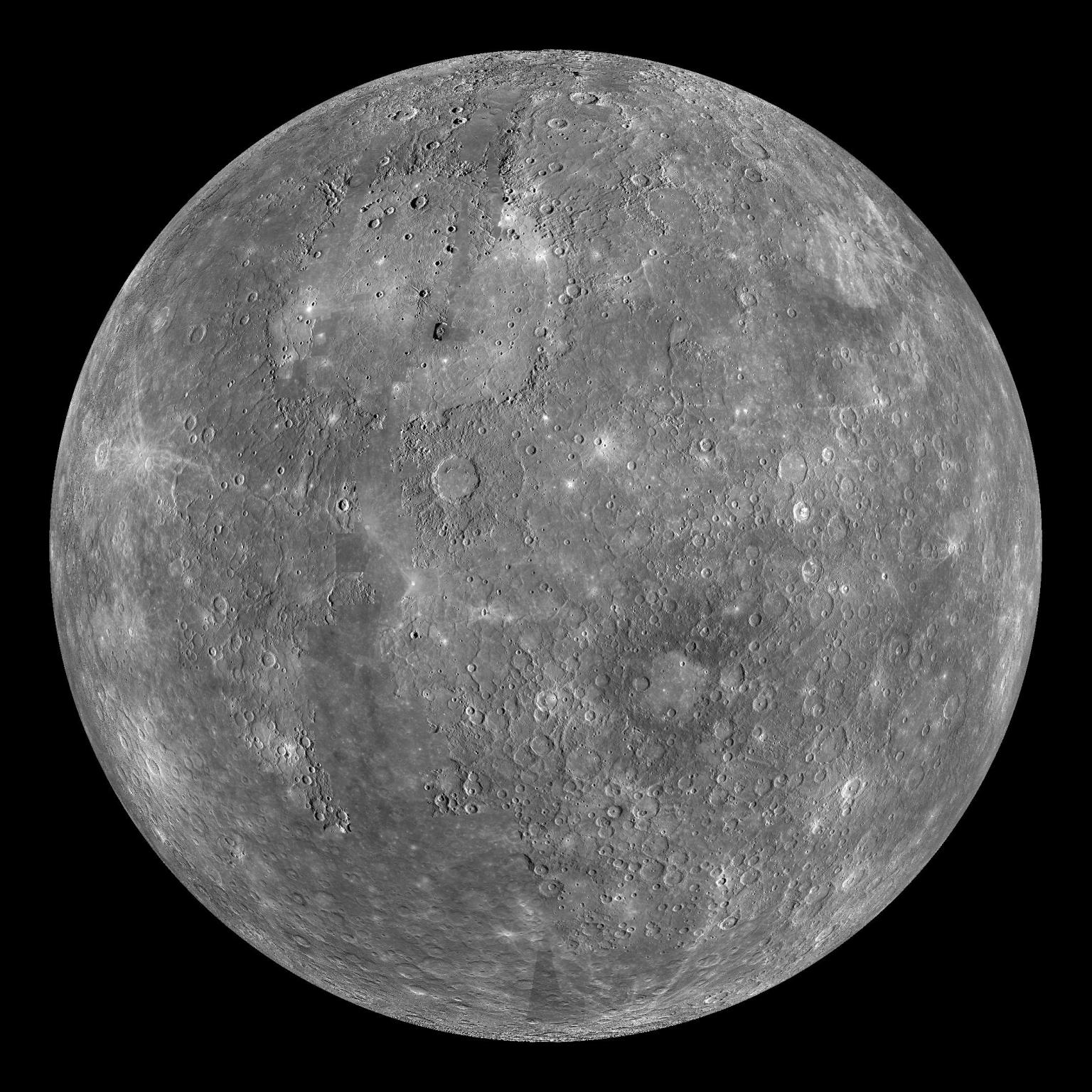Mariner 1
Type
Launch
Target
Results
What was Mariner 1?
Mariner 1 was the first U.S. attempt to launch a spacecraft to explore Venus up close. It was intended to perform a Venus flyby. The spacecraft was lost to a software glitch. Investigators found a typo had caused a fault in the launch vehicle's guidance software. The spacecraft and booster were destroyed shortly after launch for safety.
| Nation | United States of America |
| Objective | Venus Flyby |
| Spacecraft | P-37 / Mariner R-1 |
| Spacecraft Mass | 447 pounds (202.8 kilograms) |
| Spacecraft Power | Solar |
| Mission Design and Management | NASA/JPL |
| Launch Vehicle | Atlas Agena B (Atlas Agena B no. 5 / Atlas D no. 145 / Agena B no. 6901) |
| Launch Date | July 22, 1962 / 09:21:23 UT |
| Launch Site | Cape Canaveral Fla. / Launch Complex 12 |
| Scientific Instruments | 1. Microwave Radiometer 2. Infrared Radiometer 3. Fluxgate Magnetometer 4. Cosmic Dust Detector 5. Solar Plasma Spectrometer 6. Energetic Particle Detectors 7. Ionization Chamber |
Results
Mariner 1 was the first of two spacecraft NASA designed to send to Venus. Each carried a modest suite (about 20 pounds or 9 kilograms) of scientific instrumentation but had no imaging capability.
The spacecraft included 54,000 components and were designed to maintain contact with Earth for about 15 weeks.
Mariner 1 lifted off on July 22, 1962, but its rocket veered off course and the Range Safety Officer had to send a destruct command to the vehicle at T+294.5 seconds.
The failure was traced to a guidance antenna on the Atlas. Also, a software error, the omission of an overbar for the symbol R for radius (R instead of R̅) in an equation, caused the program to not respond as planned. It should be noted the omission was not a hyphen, as is sometimes erroneously reported.
Engineers quickly fixed the problems and sent Mariner 2 on its way to Venus on Aug. 27, 1962. It completed the first remote encounter with another planet on Dec. 14, 1962, returning valuable information about our celestial neighbor.




































